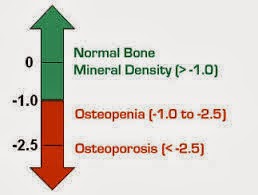World Stroke Day - October 29 2013
Stroke - a non-communicable disease that
attacks 15 million people worldwide every year and claims a life every six
seconds.
On World Stroke Day, October 29,
2010, the WSO and its members worldwide launched the “1 in 6” campaign. The
theme was identified to mirror today’s reality that one in six people worldwide
will have a stroke in their lifetime. While the overarching “1 in 6” theme of
the campaign will continue in 2012/2013, the slogan entitled “Because I care…
“was launched on World Stroke Day 2012. The slogan was chosen as it
can easily be adapted to all cultures and in any setting The slogan attempts to
address prevailing misinformation about the disease.
“Because I care…”
·
I want you to know the facts about
stroke
·
I want you to learn how to prevent
the assault of stroke
·
I will break the myths surrounding
stroke, e.g., “stroke only happens later in life”
·
I want you to have access to the
best possible treatment
·
I will ensure that you receive
quality treatment, care and support
·
I will be with you every step of the
way towards your full recovery
Do not take chances. One in six people is at
risk for stroke – it could be you. Learn the facts. Save a life today. Act Now!
commit to the following stroke challenges:-
Know your personal risk factors:
high blood pressure, diabetes, and high blood cholesterol.
Be physically active and exercise
regularly.
Experts suggest that regular exercise, for example a brisk walk of about 30
minutes at least four days a week, can go a long way in preventing
stroke.
Maintain a healthy diet high in
fruit and vegetable and low in salt to stay in a healthy state and keep blood
pressure low.
The unhealthy junk foods can add up to your calorie and cholesterol levels and
increase the risk of heart problems.
Limit alcohol consumption.
Avoid cigarette smoke. If you smoke,
seek help to stop now.
Learn to recognize the warning signs
of a stroke and how to take action.
Sleep well. Sleeping less than five hours a day, can
increase the risk of stroke or cardiac arrest.
Getting away from the office or family
tensions is not easy, but try to change how you handle them. The more you
relax, the more easily your body will be able to regulate stress levels. Select
something you enjoy and stick to it.
Mrs Shilpa Mittal
Nutritionist and Diet Consultant
Founder Shilpsnutrilife - Diet and lifestylemakeover






















